Regent College HND Business Environment Task: Organizations Analysis
VerifiedAdded on 2023/03/30
|12
|414
|376
Report
AI Summary
This report provides an overview of the business environment, focusing on the different types of organizations that operate within it. It distinguishes between public, private, and voluntary sectors, outlining their characteristics and purposes. The report delves into the size and scope of each type of organization, providing examples such as the NHS (public sector), Tesco (private sector), and various voluntary organizations. The analysis highlights the significance of each sector in contributing to the overall economic and social landscape. The conclusion emphasizes the importance of understanding the roles and scopes of these organizations for business success. References are provided to support the analysis.
1 out of 12
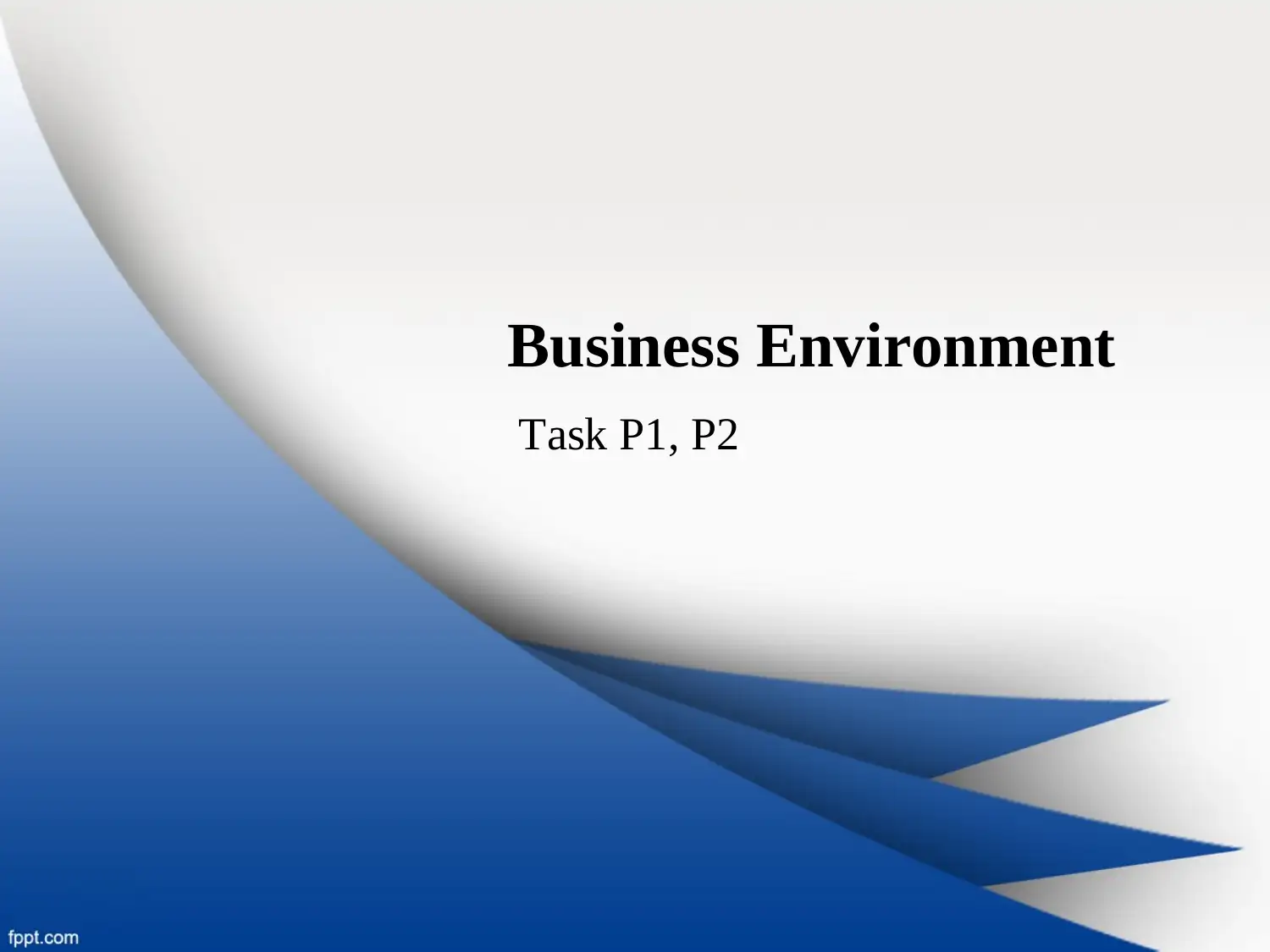
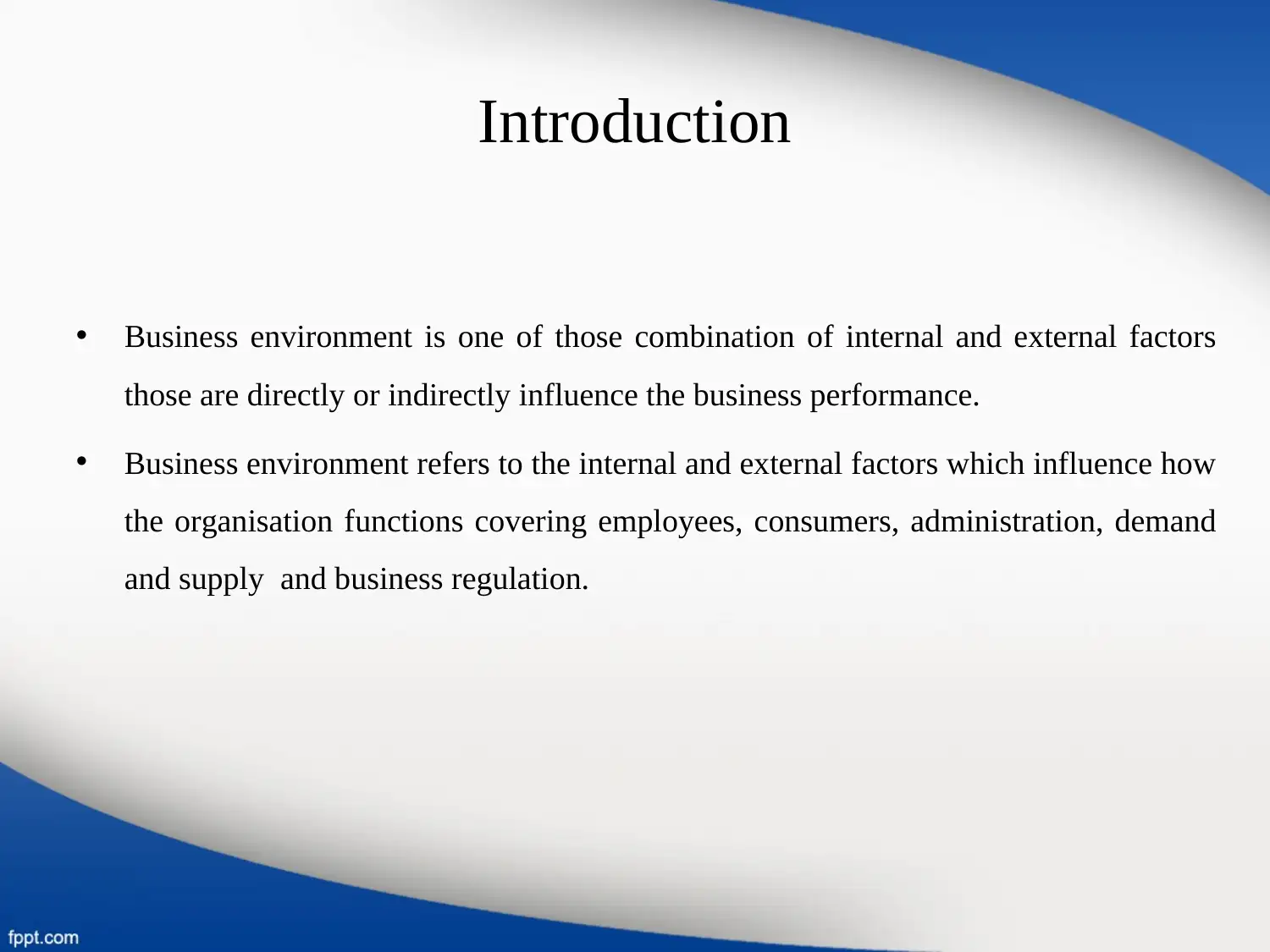





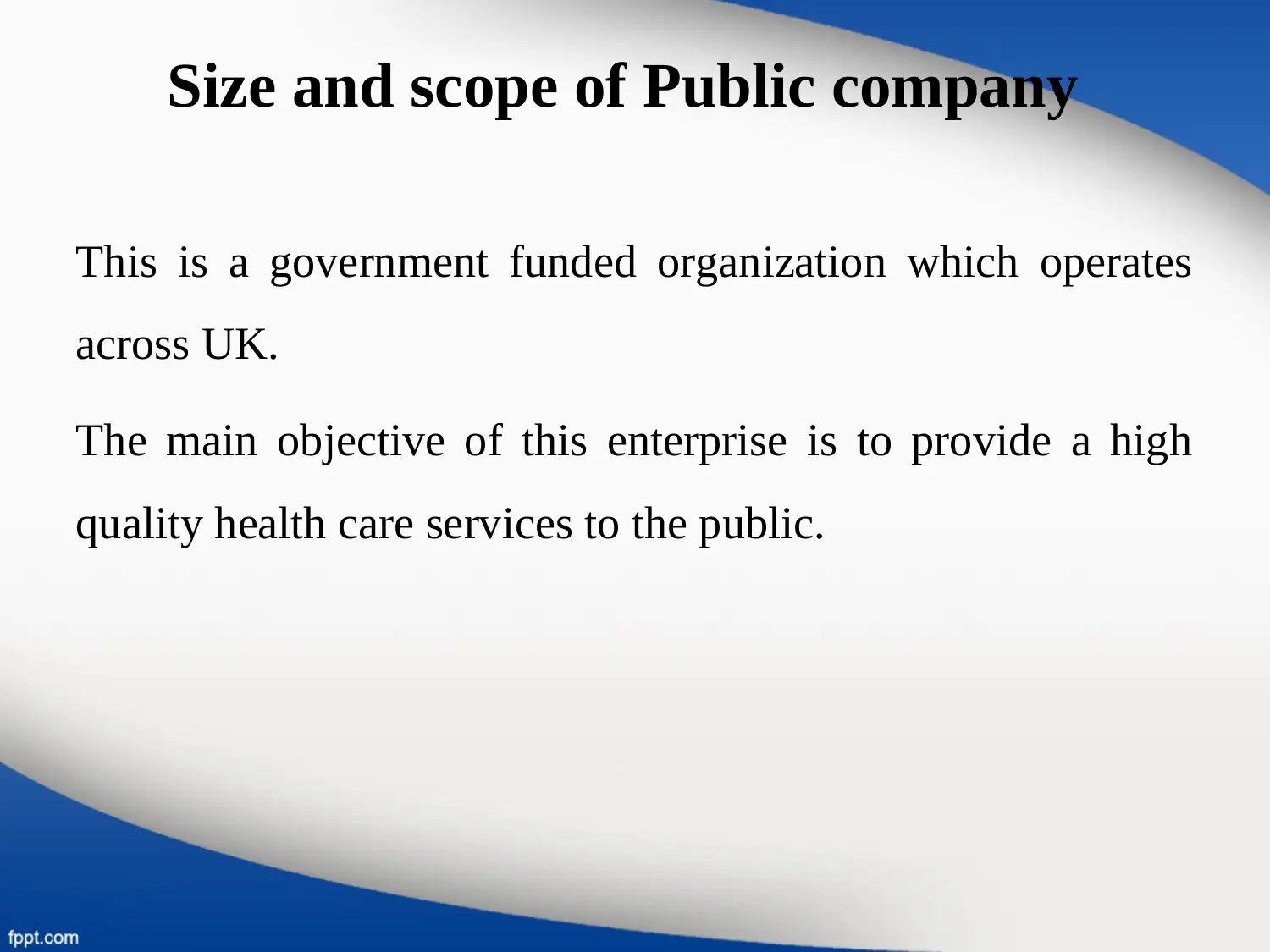

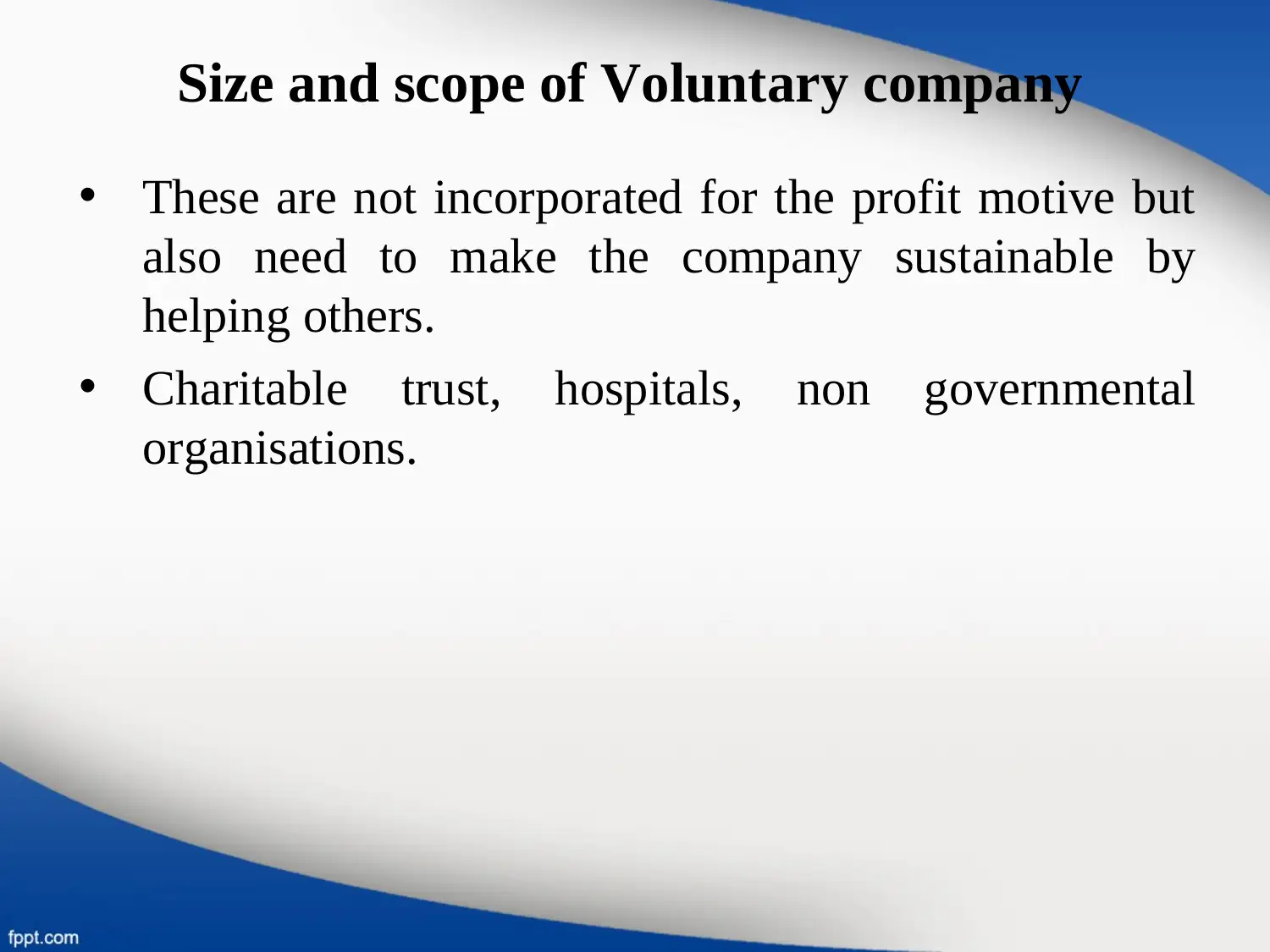
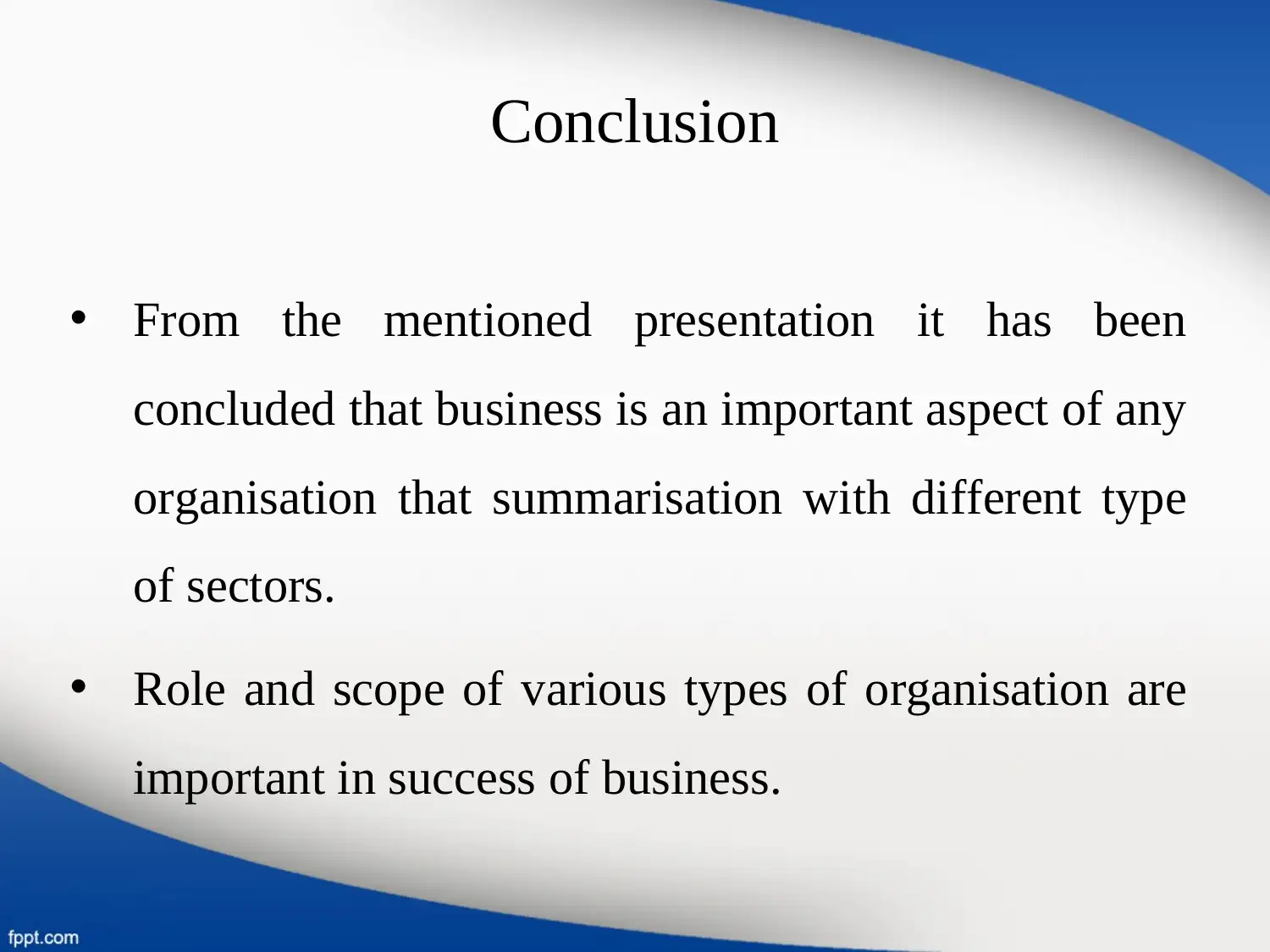
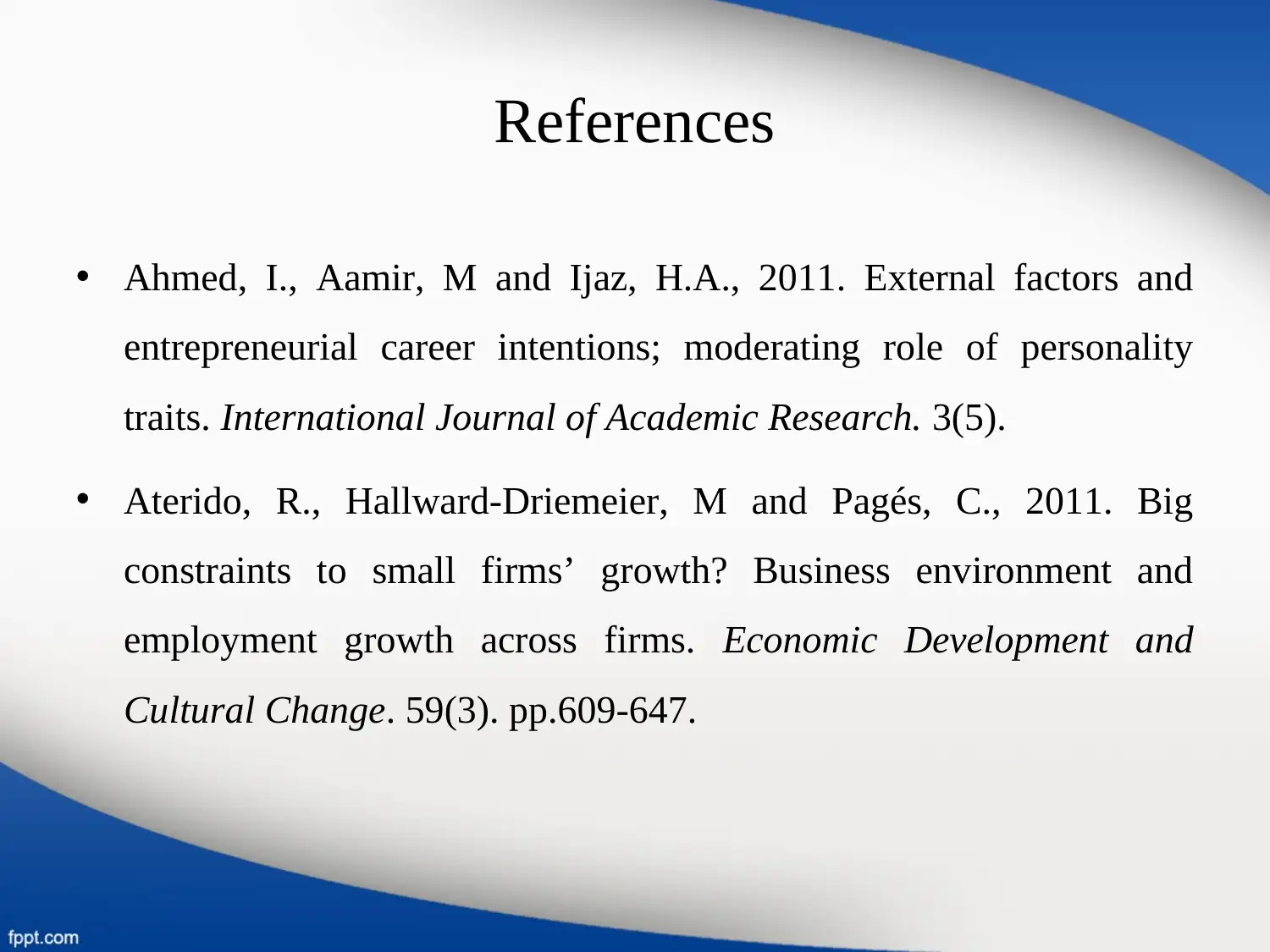







![[object Object]](/_next/static/media/star-bottom.7253800d.svg)